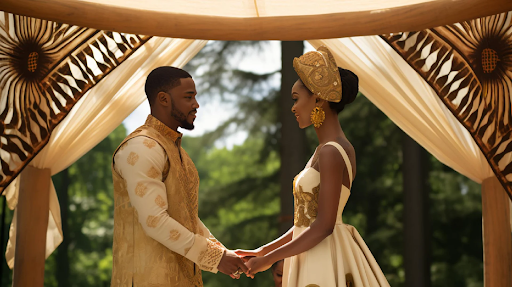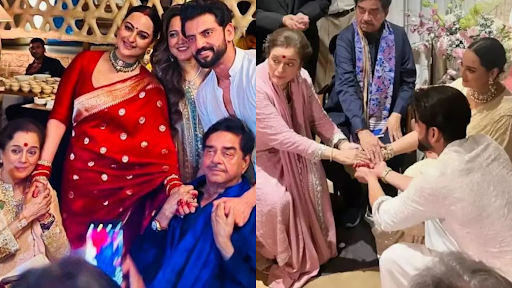Introduction
Wedding rituals and symbols have been an integral part of human culture. These rituals and symbols have evolved over time. It reflects the values, beliefs, and customs of various cultures and societies.
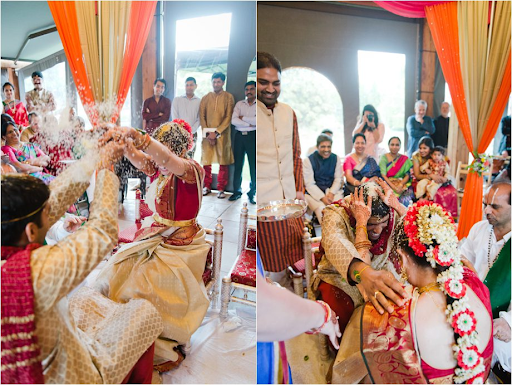
Consider the significance of wedding rituals and symbols, delving into their history, meaning, and relevance in modern times.
The Evolution of Wedding Rituals and Symbols
Wedding customs and symbols have been around since ancient times. When marriage was a sacred bond between families and communities. In various cultures, marriage was important for keeping society stable, ensuring financial security, and continuing family legacies. As time passed, these traditions and symbols changed to fit new social norms, religious beliefs, and personal choices.
The Significance of Traditional Wedding Rituals
Traditional wedding rituals often hold deep cultural and spiritual significance. For example:
The exchange of vows: This ritual symbolizes the couple’s commitment to each other. It shows promising to love, honor, and cherish one another for the rest of their lives.
The ring exchange: The ring is a symbol of eternal love and commitment, representing the union of two souls.
The kiss: This romantic gesture is a physical expression of affection and love between the couple.
The wedding march: The care of the bride down, the aisle is a symbolic representation of her transition from maidenhood to womanhood.
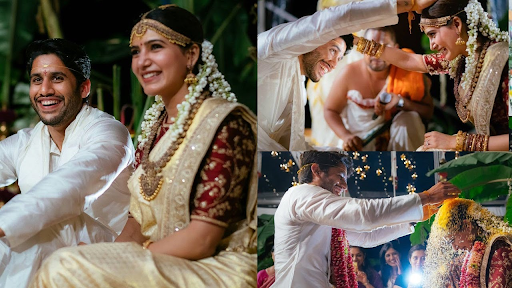
The Significance of Wedding Symbols
Wedding symbols are visual representations of the couple’s love and commitment.
Some popular symbols include:
The wedding cake: A sweet treat that represents the sweetness of marriage and the union of two people.
The wedding veil: A symbol of modesty, purity, and virginity.
The wedding flowers: Bouquets and garlands are used to represent love, beauty, and fertility.
The wedding dress: A white dress symbolizes purity, innocence, and new beginnings.
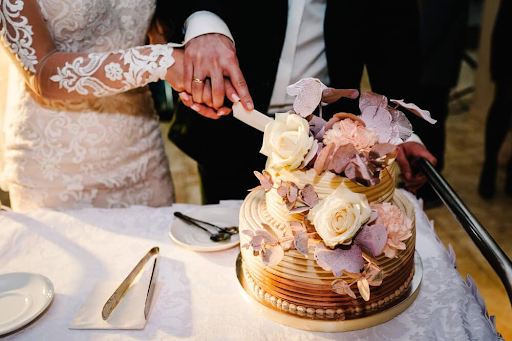
The Evolution of Wedding Rituals in Modern Times
While traditional wedding rituals and symbols remain significant. Modern couples are incorporating new elements to make their ceremonies more personal and meaningful.
Some examples include:
Incorporating personal vows or poetry
Using non-traditional attire or accessories
Including unique or symbolic elements such as candles, flowers, or special music
Adding cultural or spiritual elements to reflect the couple’s heritage or beliefs
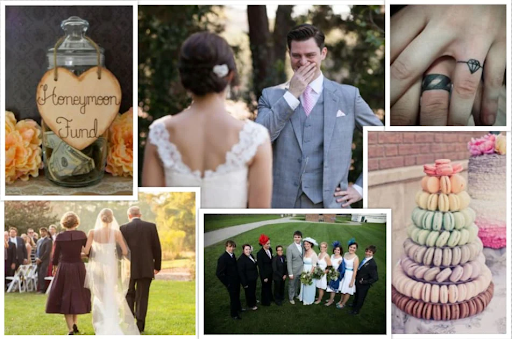
Conclusion
Wedding rituals and symbols hold significant emotional value for couples getting married. They provide a sense of continuity with tradition. while also allowing for personal expression and creativity. By understanding the history and significance behind these rituals and symbols, couples can create a ceremony that truly reflects their love story.
